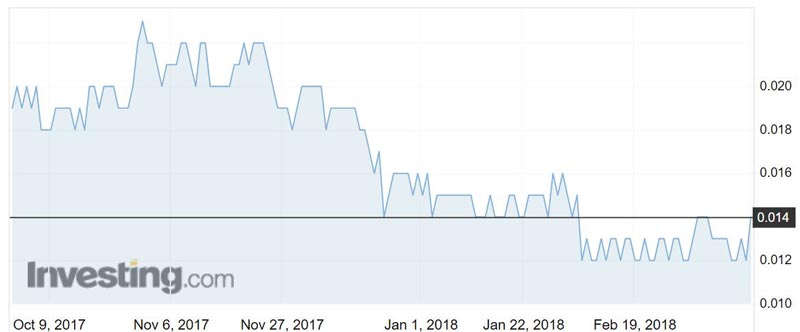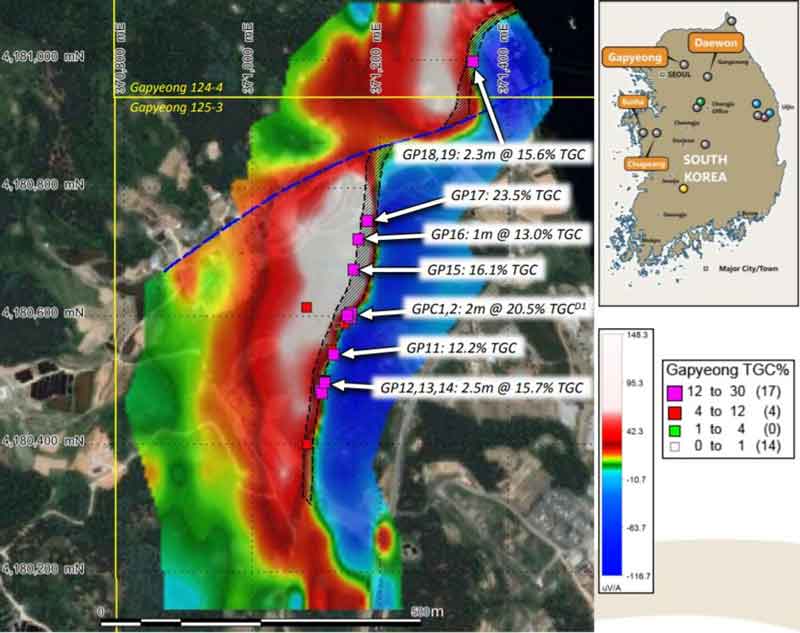Peninsula Mines finds high-grade graphite in South Korea
Mining
Mining
Peninsula Mines plans to soon start drilling at its Gapyeong graphite project after putting its foot on high-grade graphite targets.
Rock chip and channel sampling has returned grades of as high as 23.5 per cent and an average of 16.1 per cent total graphitic carbon (TGC).
To put that into perspective, new graphite producer Syrah Resources (ASX:SYR), which is now a $1.1 billion company, has an average grade of 11 per cent TGC at its Balama project in Mozambique.
Peninsula shareholders welcomed the news, pushing the shares (ASX:PSM) up 7.7 per cent to 1.4c on Monday morning. Shares were trading at 1.3c at midday AEDT.
The most significant driver of future graphite demand is the expanding lithium-ion battery markets, in particular the electric vehicle and energy storage markets.

Graphite is used to manufacture the anode in a lithium-ion battery.
Peninsula’s project is located 50km east of Seoul in South Korea.
South Korea is the largest producer of lithium-ion batteries in the world and a major consumer of graphite, lithium and other metals for its high-tech industries.
The country is aiming for a fivefold increase in its renewable energy generation to 58.5GW by 2030.

South Korea also used to be the largest graphite producer until the 1970s.
Peninsula believes it has high quality graphite similar to its other South Korean projects, Yongwon and Daewon.
“We know from the petrographic work, which is the microscope work, that we have flake graphite,” chief Jon Dugdale told Stockhead.
“We’ve done metallurgical testing on two other projects in Korea that look similar in terms of the initial microscope work that indicate that we can produce 97 per cent concentrate — plus-95 per cent is the target.
“They all look very similar these types of graphite deposits in Korea, so there’s nothing to suggest that this new target, Gapyeong, won’t be similar to Yongwon and Daewon in terms of its potential to generate a high purity concentrate (97 per cent).”
Peninsula now plans to undertake bulk sample metallurgical testing to generate concentrate samples of about 95 per cent TGC for value-added purification and spherical graphite testing for lithium-ion battery suitability. Spherical graphite fetches around $4000 a tonne.
Resource drilling will begin in late April or early May and the company is aiming to have a resource by mid-year.